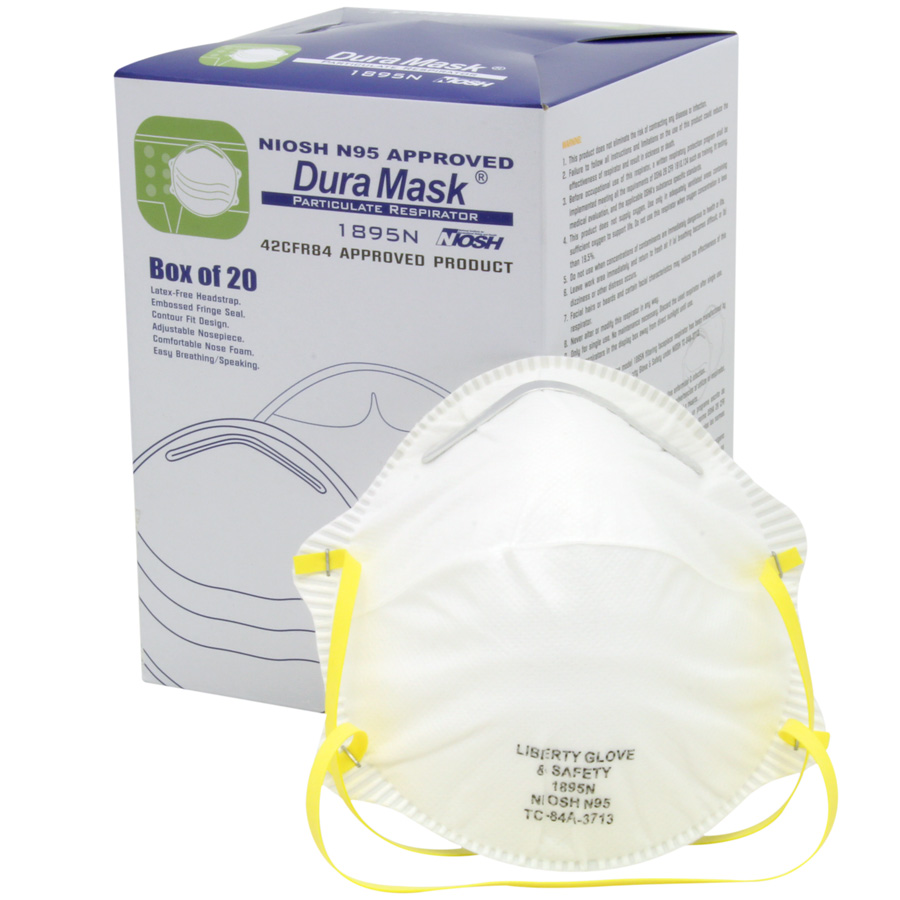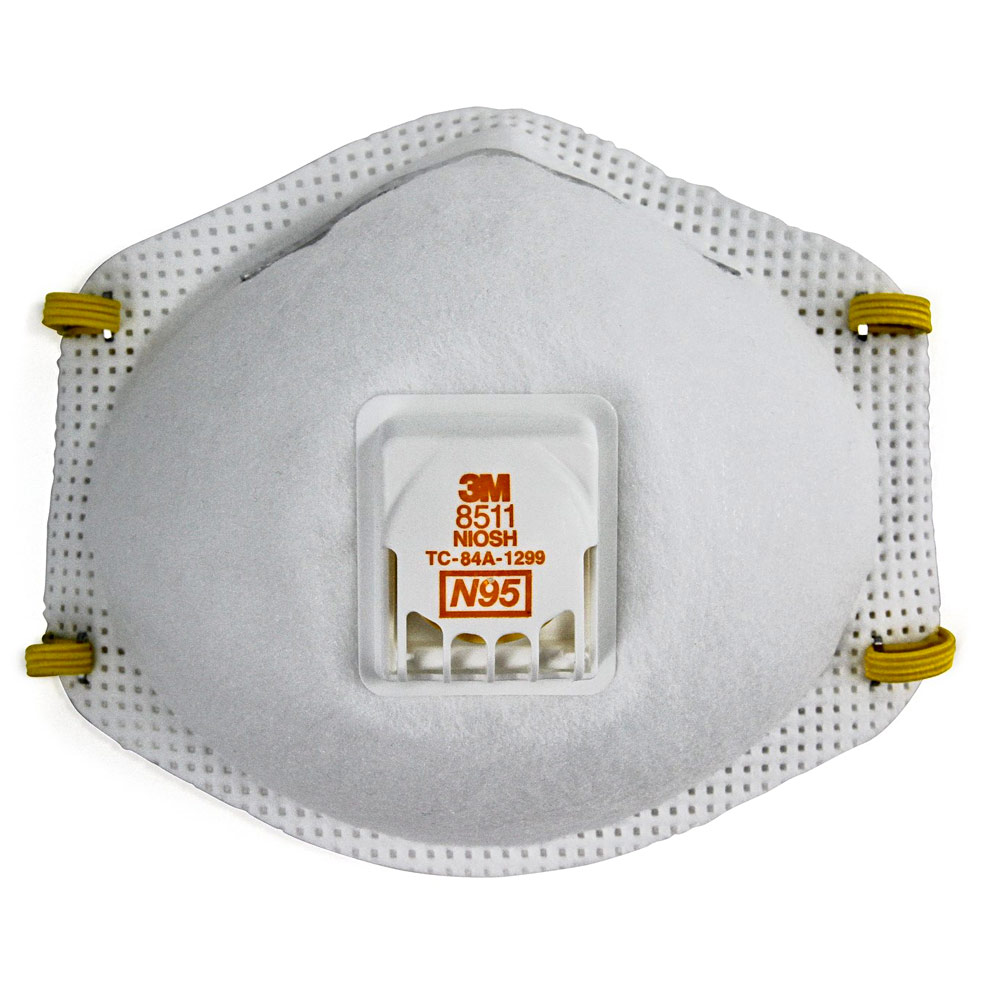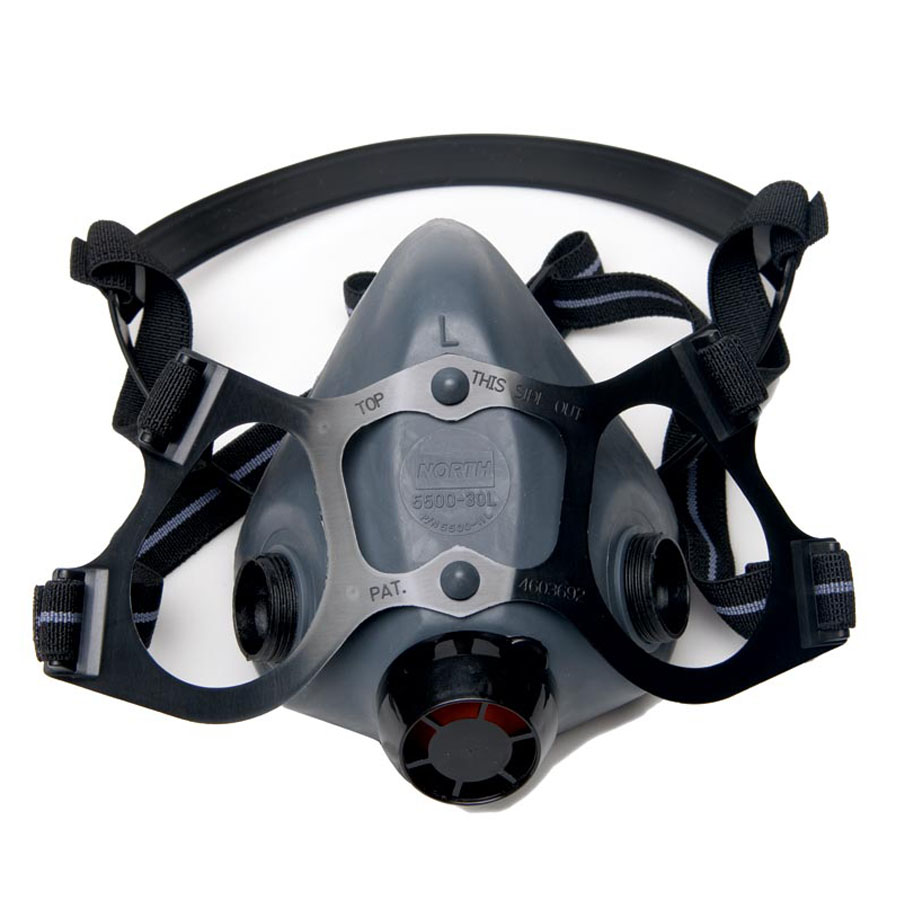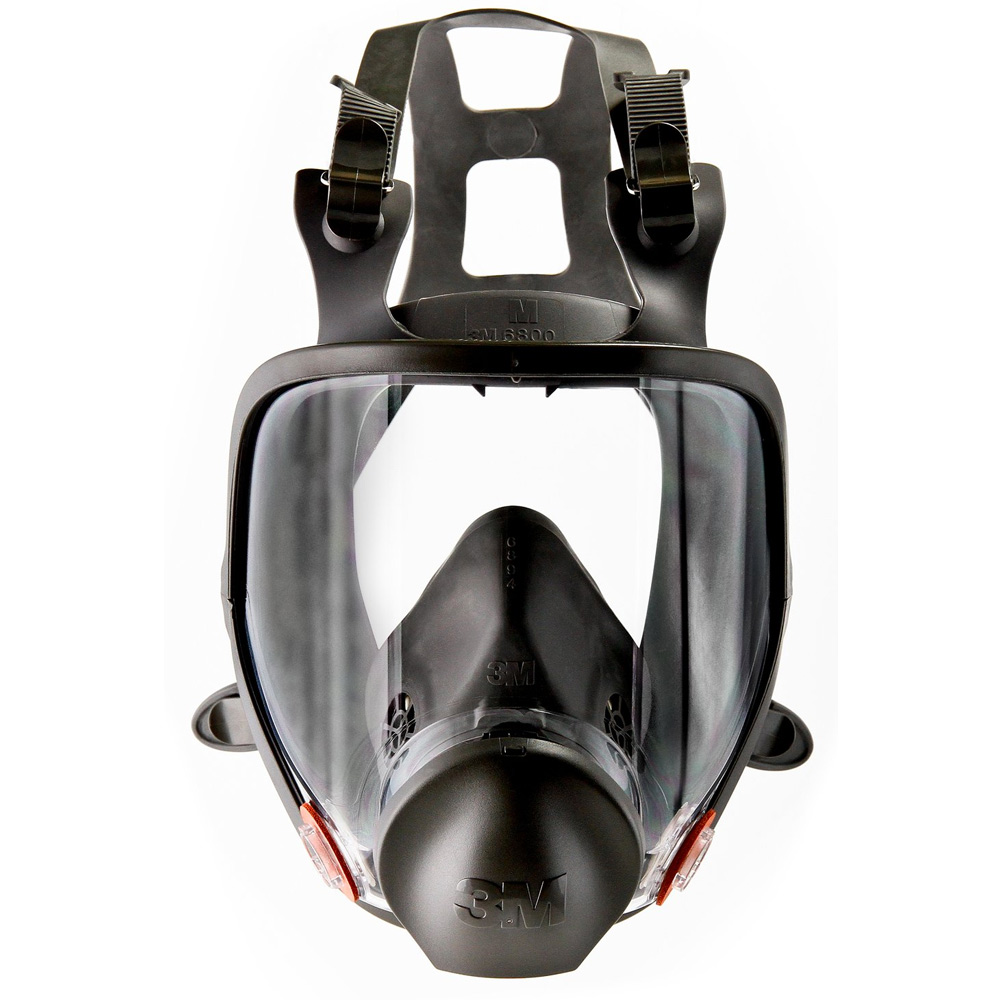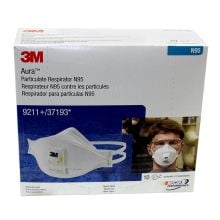
Silica Respiratory Guide
You might think all you need to do is provide respirators to your team while they work, but OSHA’s rule specifies that employers must first implement “engineering controls” to reduce their employees’ exposure to respirable crystalline silica. Some examples of engineering controls include:
- Using water while grinding to limit airborne dust
- Using an appropriate dust shroud
- Using an appropriately sized dust collector with at least 99% air filtration
- Implementing correct housekeeping procedures (use a HEPA-filtered vacuum or wet sweeping to remove dust instead of a broom or air compressor)
When these types of engineering controls aren’t enough to reduce workers’ exposure to crystalline silica, then respiratory protection must be provided.
Employers and operators are urged to follow the dust control measures for the activities listed in Table 1 and in the compliance section of this site. Table 1 specifies the engineering controls required as well as the assigned respiratory protection factor (APF) that must be provided.
APF 10 RESPIRATORS
There are two types of respirators that provide APF 10 respiratory protection as required by the OSHA silica standard: a half-mask/dust mask or an elastomeric half-mask.
Option 1: Half Mask / Dust Mask
Option 2: Half Mask (Elastomeric)
APF 25 RESPIRATORS
The OSHA silica standard only requires APF 25 respiratory protection for a handful of tasks, including tuckpointing and joint cutting/cleanout.
The full-face respirators shown here provide APF 50 protection, which exceeds the minimum required by OSHA for most tasks listed on Table 1 of the standard.
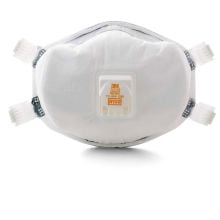
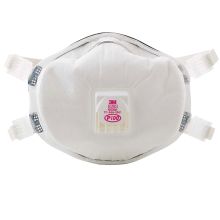
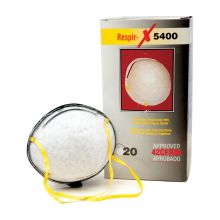
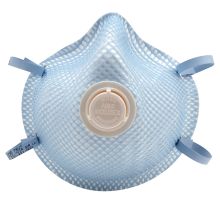
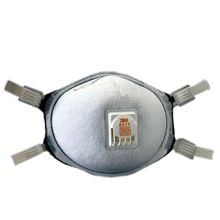
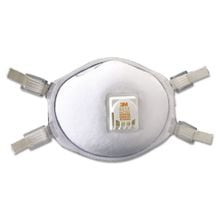
We pay the shipping charge, including hazardous material fees, on this item. There's no catch. No "buy this to get that" requirement.
Note: If your order contains items that are not eligible for free shipping, your order total will include our competitive shipping rates for those non-eligible items only. This shipping policy only applies to orders shipped within the Contiguous U.S.

